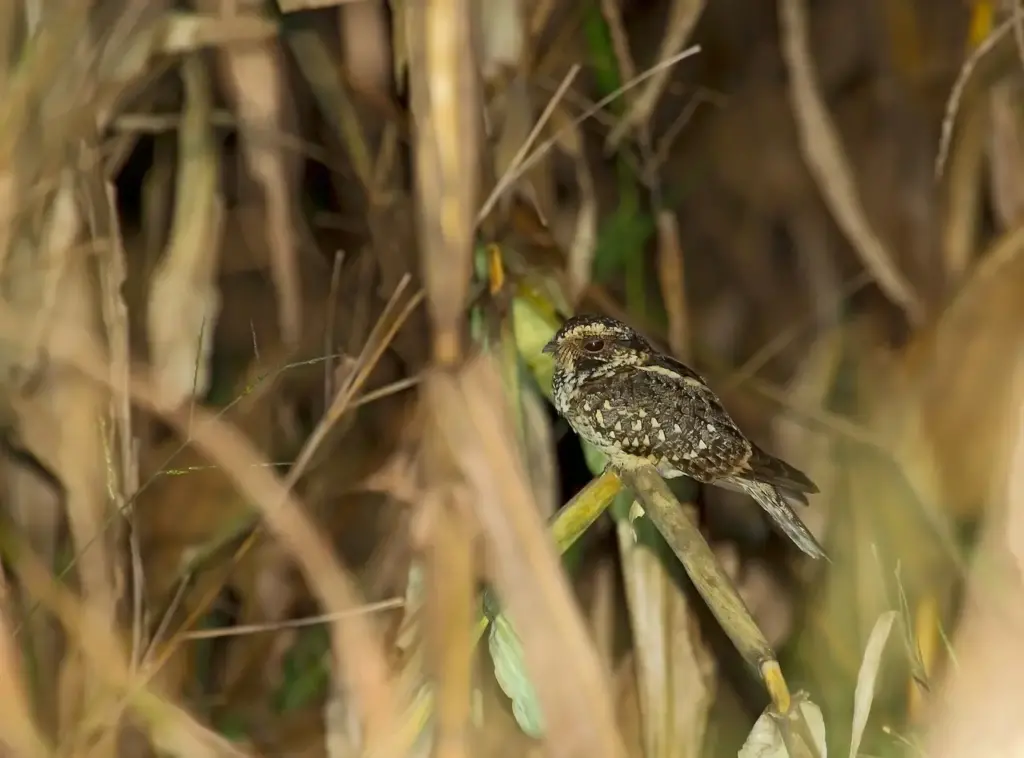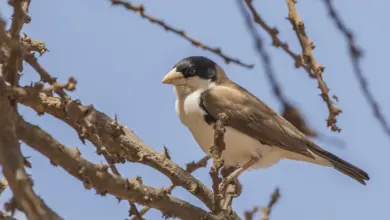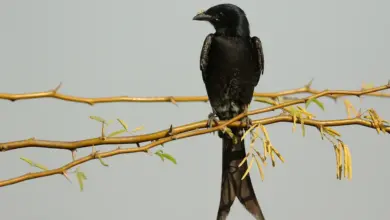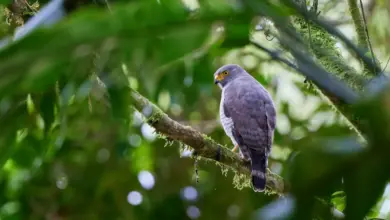Scissor-tailed Nightjars
Scissor-tailed Nightjars (Hydropsalis torquata / Hydropsalis brasiliana)
The Scissor-tailed Nightjars (Hydropsalis torquata / Hydropsalis brasiliana) is a member of the nightjar family.
Some authorities use Hydropsalis brasiliana for this species based on a drawing and a written description, which may be of another species.
The nightjar, as suggested by the name, is strictly nocturnal. Throughout the day, it typically rests quietly in densely vegetated hiding places. At night, they become active as they hunt flying insects in more open landscapes, such as forest clearings, wetlands, and along rivers.

Distribution / Range
The Scissor-tailed Nightjars are native to central and eastern South America, where they have a wide range.
They occur as far north as Suriname and potentially the Guianas (northwestern part of South America). In Brazil, they are mostly found south of the Amazon River; a significant number of them occur in the state of Bahia in the Chapada Diamantina National Park aka Parque Nacional da Chapada Diamantina. Their range also extends west to eastern Peru, south to eastern Bolivia, Paraguay, Uruguay to central Argentina.
Its natural habitats are dry savanna, cerrado, subtropical or tropical seasonally wet or flooded lowland grassland, forest, forest edges, heavily degraded former forest and urban parks. Within its range, this species is described as ‘fairly common’ (Stotz et al. (1996).
Subspecies and Ranges
- Hydropsalis torquata torquata (J. F. Gmelin, 1789) – Nominate Race
- East central Peru east to the Amazonian in western and eastern Brazil, north to northern Peru and southern Surinam.
- Hydropsalis torquata furcifera (Vieillot, 1817)
- Southern Peru east to eastern Bolivia and south to southern Brazil, Uruguay, Paraguay, northern and central Argentina
Alternate (Global) Names
Chinese: ???? … Czech: Lelek kopistoocasý … Danish: Sakshale … Dutch: Spiesstaartnachtzwaluw … German: Scherenschwanz-Nachtschwalbe, Spießnachtschwalbe … Estonian: käärsaba-öösorr … Finnish: Saksipyrstökehrääjä … French: Engoulevent à queue en ciseaux … Guarani: Yvyja’u jetapa … Italian: Succiacapre coda a forbice, Succiacapre codaforbice … Japanese: hasamioyotaka, hasamiyotaka … Norwegian: Saksenattravn … Polish: Dziwoletek d?ugosterny, dziwolotek dlugosterny, dziwolotek d?ugosterny, Lelek d?ugosterny … Portuguese: Bacurau-tesoura, curiango, curiango-tesoura … Russian: ??????????? ???????, ??????????? ???????????? ???????, ??????????????? ??????? … Slovak: Lelek šípochvostý … Spanish: Atajacaminos coludo chico, Atajacaminos tijera , Atajacaminos tijereta, Chotacabras Tijereta, Dormilón Cola Larga, Dormilón Coludo Grande, Dormilón Tijereta … Swedish: Saxstjärtnattskärra
Description
They are medium-sized nocturnal birds that average 16 inches (40 cm) in length, including their long tails which account for about 66% of the total length.
They have been named for their scissors-like tails, which also help with identification. Like all nightjars, they have very short bills, pointed wings short legs, and small feet.
Their soft plumage is cryptically coloured to resemble bark or leaves. They blend perfectly into their habitat, making them very difficult to spot during the daytime when they are usually hidden away from sleeping.
Both the male and the female have a distinctive reddish-brown collar around the back of the neck. The male’s outer tail feathers are whitish and very long outer tail feathers (possibly longer than his body). The female also has a long tail, but not as long as the male’s.
Their presence is most often made known by their loud calls given at dusk.
Similar Species:
The Long-trained Nightjar is the only other nightjar with a long-tailed male. However, this species is considerably larger and has a crown streaked with black.
Nesting / Breeding
The male establishes his territory and sings at night to keep rivals away and at the same time to attract a female.
Nightjars don’t construct a nest, as most other bird species do. They simply place the eggs on the ground on open soil covered with dead leaves.
Nesting appears to be timed in such a way that the moon is more than half full at the time they are feeding their young – likely as the additional light during the night facilitates caring for the young and foraging for food.
The female may lay one to two eggs (mostly two) that are whitish or creamy in colour, with brown and grey spots or blotches.
During the day, the incubation of the eggs is undertaken by the female, while both parents share the incubation at night. The incubation period is about 19 to 21 days.
The down-covered chicks can make short-distance movements within 24 hours of hatching. The male usually stands guard and defends the nest and the young. He will hover in place near the nest with his body in a nearly vertical position. The parents communicate with their young via soft clucking sounds to which the chicks respond. The chicks are fed regurgitated food (insects). Their parents continue to brood them until they fledge. The chicks take their first flight when they are about 20 to 21 days old.
If conditions are favourable, the female may lay a second clutch close to the first and while she is incubating the new set of eggs, the male continues to care for the young from the first brood.
They have developed several behavioural adaptations to minimize predation:
- Their nocturnal (night) lifestyle reduces the likelihood of being detected by daytime predators. During the daytime, they typically sleep on the ground where they are perfectly camouflaged by their “earthy” coloured plumage. They almost always change their roost sites daily.
- When nesting, they sit quietly on the eggs, minimizing any movements that could get them detected.
- If an intruder does get close to the nest, the parents may try to lead them away by first flushing off the nest and when landing feigning injury as they lead the potential thread away from the nest. While the parent performs this distraction display, the young may scatter and freeze.
- The parent who is not incubating the eggs or brooding the young will roost away from the nesting area.
- They may also move the eggs or young to prevent them from being preyed upon.
- Nightjars avoid voicing when they hear the calls made by predatory nocturnal animals, such as owls.



